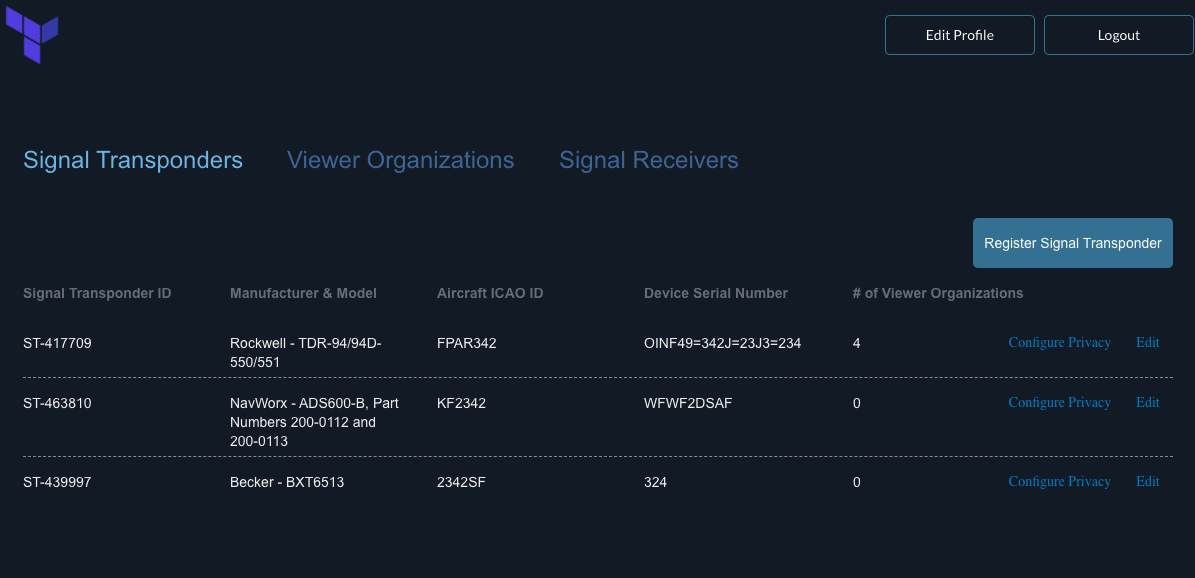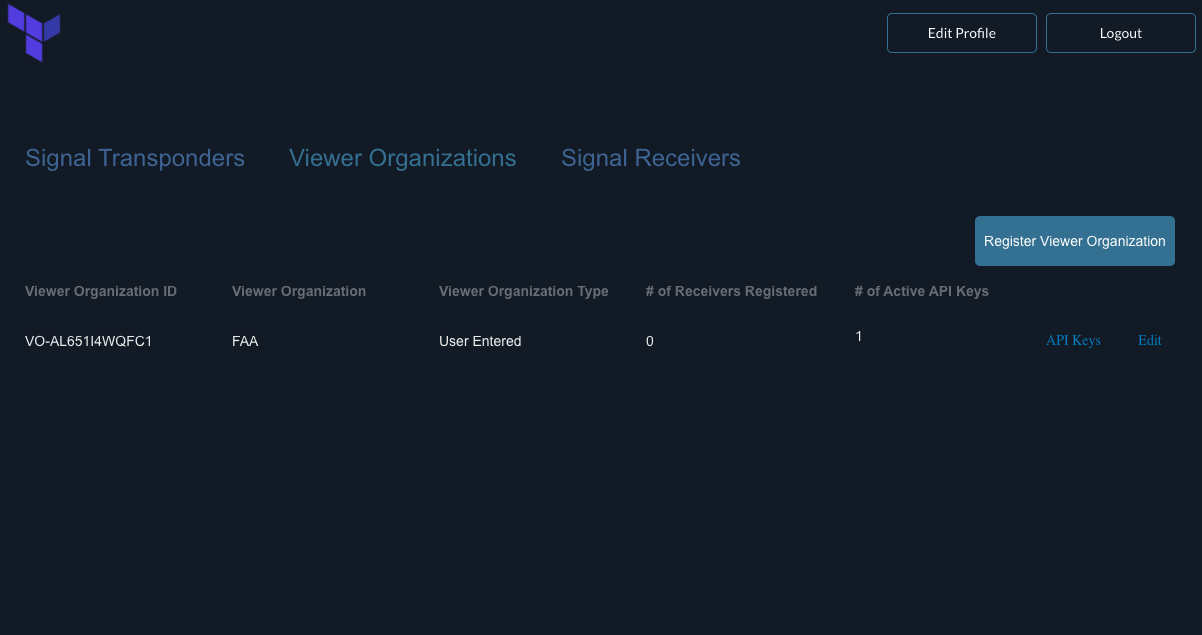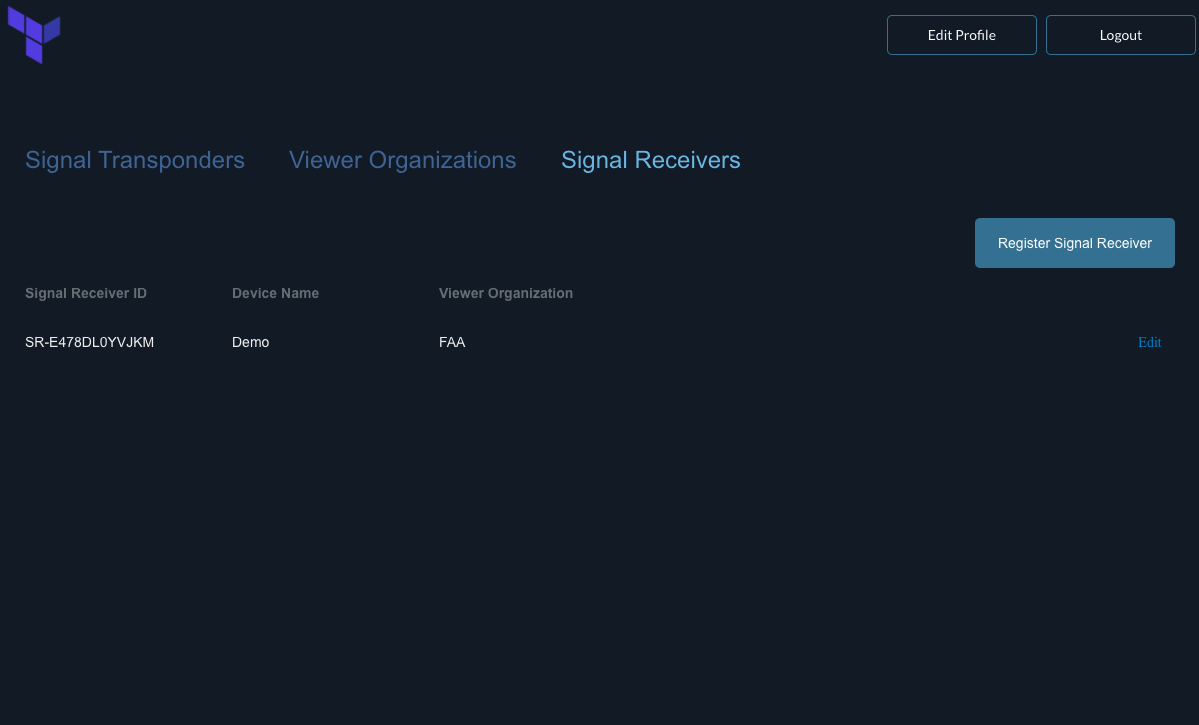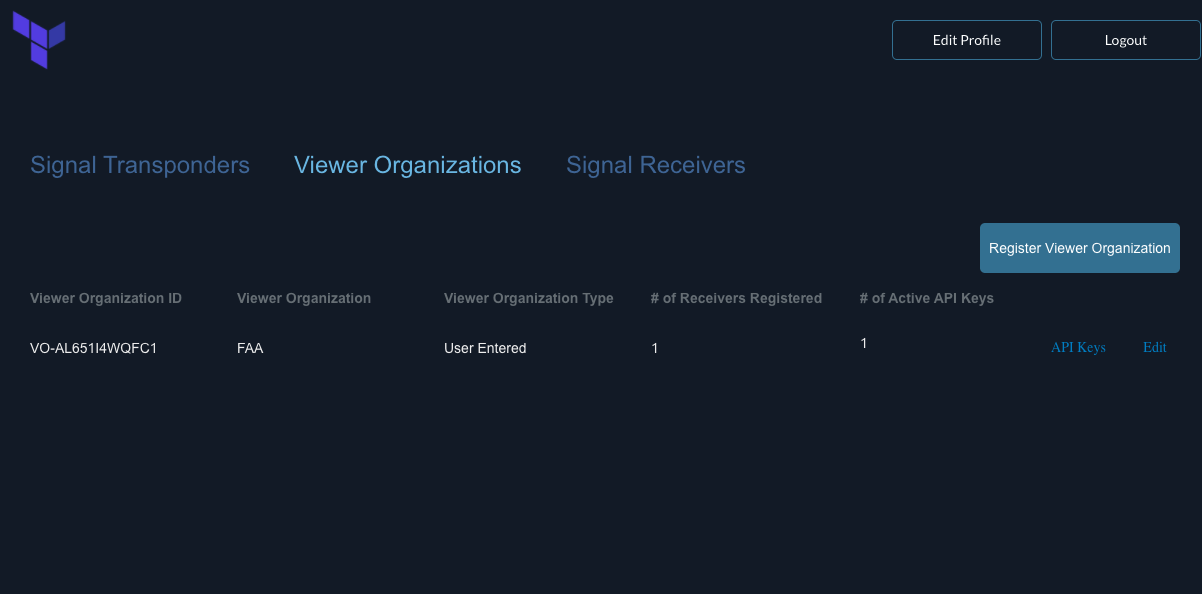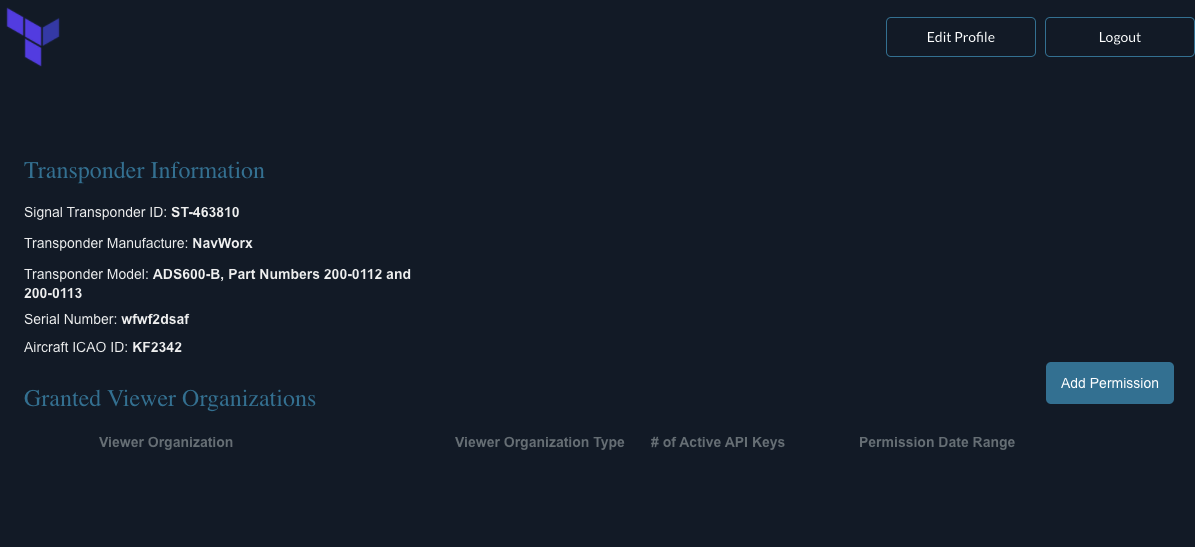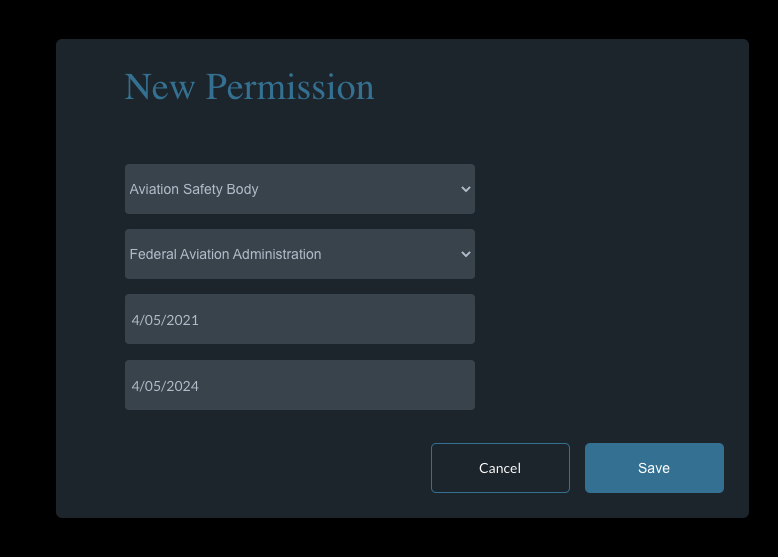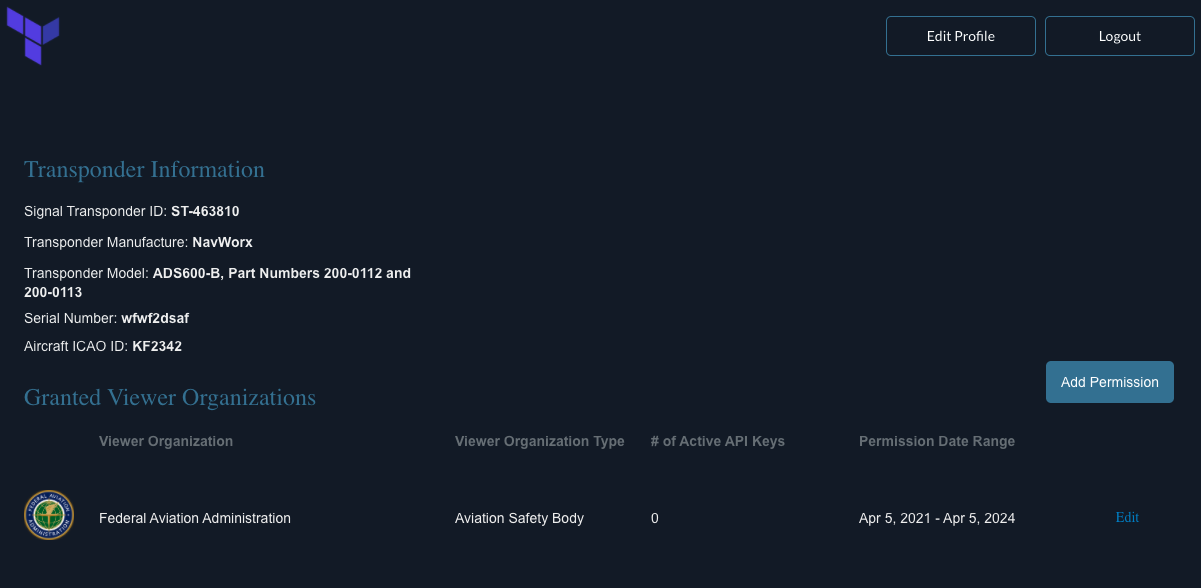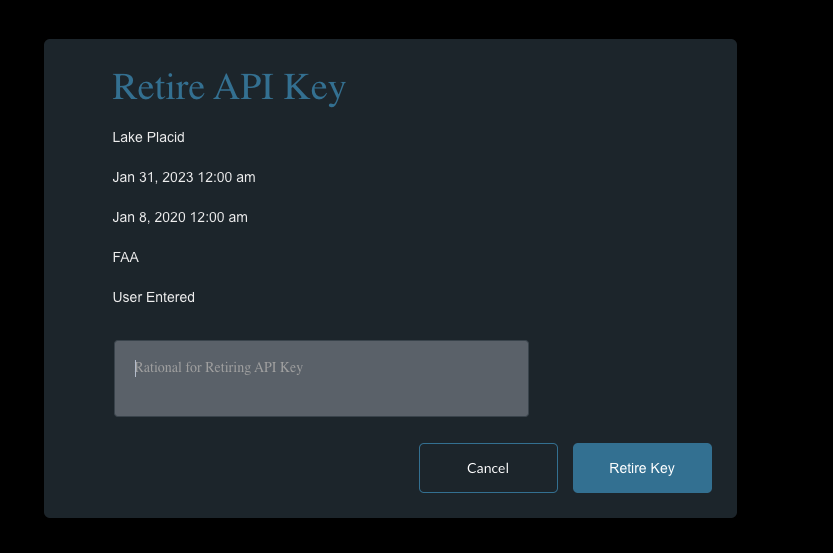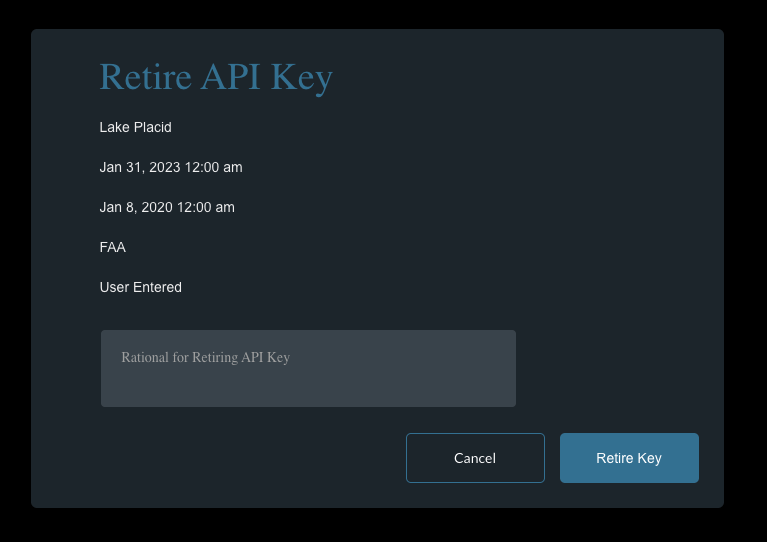Aircraft Signal Anonymization
Aircraft Signal Anonymization
The security and privacy of national, military, state, corporate, and private citizens are made more vulnerable by the Automatic Dependent Surveillance–Broadcast (ADS-B) Out signal. This has been so widely described in official papers and trade publications that the description of this vulnerability is not needed in this document. If interested, please see Secure ADS-B: Towards Airborne Communications Security in the Federal Aviation Administration’s Next Generation Air Transportation System, or Air Traffic Management Blockchain Infrastructure for Security, Authentication, and Privacy.
We became aware of this ADS-B out signal when the Strike Labs LLC founder, in a previous project, founded and successfully built JetTrack.io - which tracked corporate aircraft to predict strategic partnerships using machine learning.
Natural conflict exists between the Department of Defense (DoD), motivated by Operational Security (OPSEC), and the Federal Aviation Administration (FAA), motivated by the need for surveillance leading up to the Next Generation Air Transportation System (NextGen) mandate in January 2020. This conflict is well known and has been published in many periodicals and government reports such as United States Government Accountability Office A Report to Congressional Committees Urgent Need for DOD and FAA to Address Risks and Improve Planning for Technology That Tracks Military Aircraft and ADS-B Security Risk Remains Unresolved for US Military.
Despite the fact that the lack of security of ADS-B technology has been widely covered by academic studies, military reports, and even the hacking community, the fundamental architectural and design problems of ADS-B have not been addressed and fixed.
By reference, the following here is a list of some ADS-B exchanges and only some Twitter accounts that track and publish military aircraft travel.
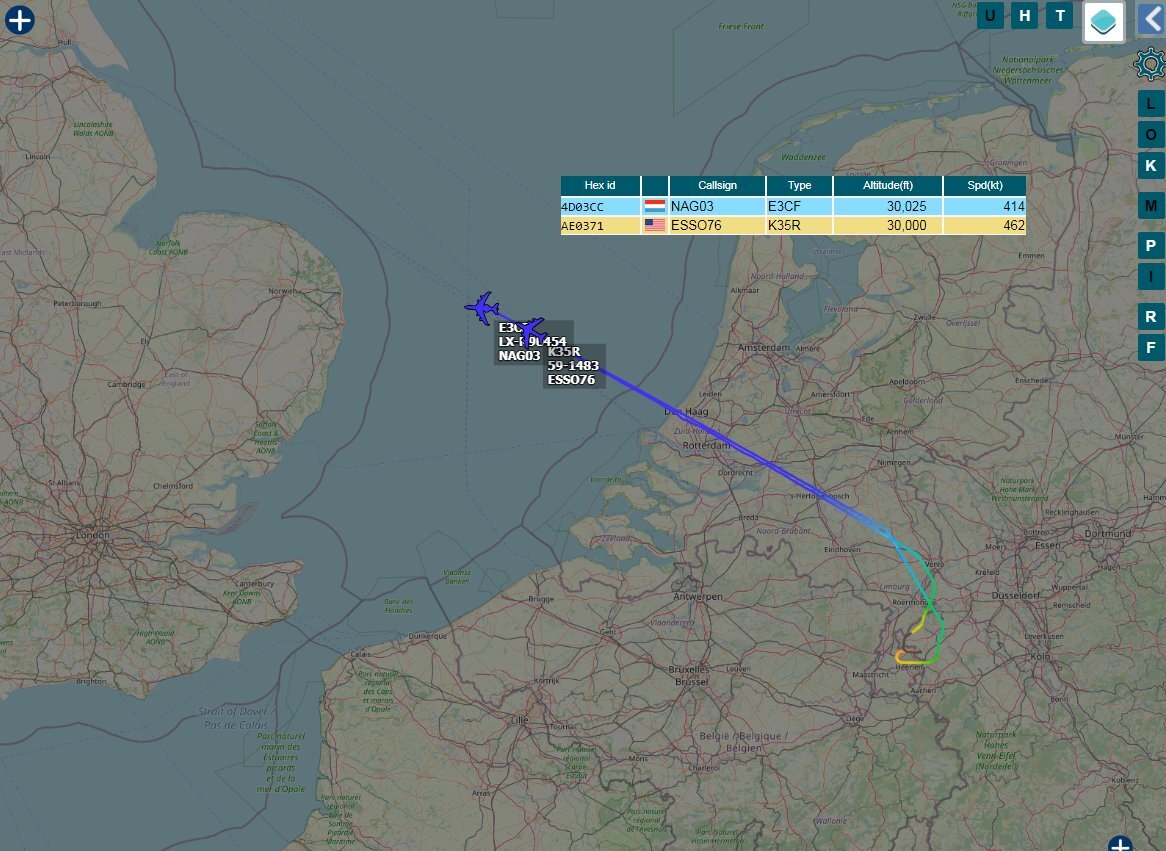
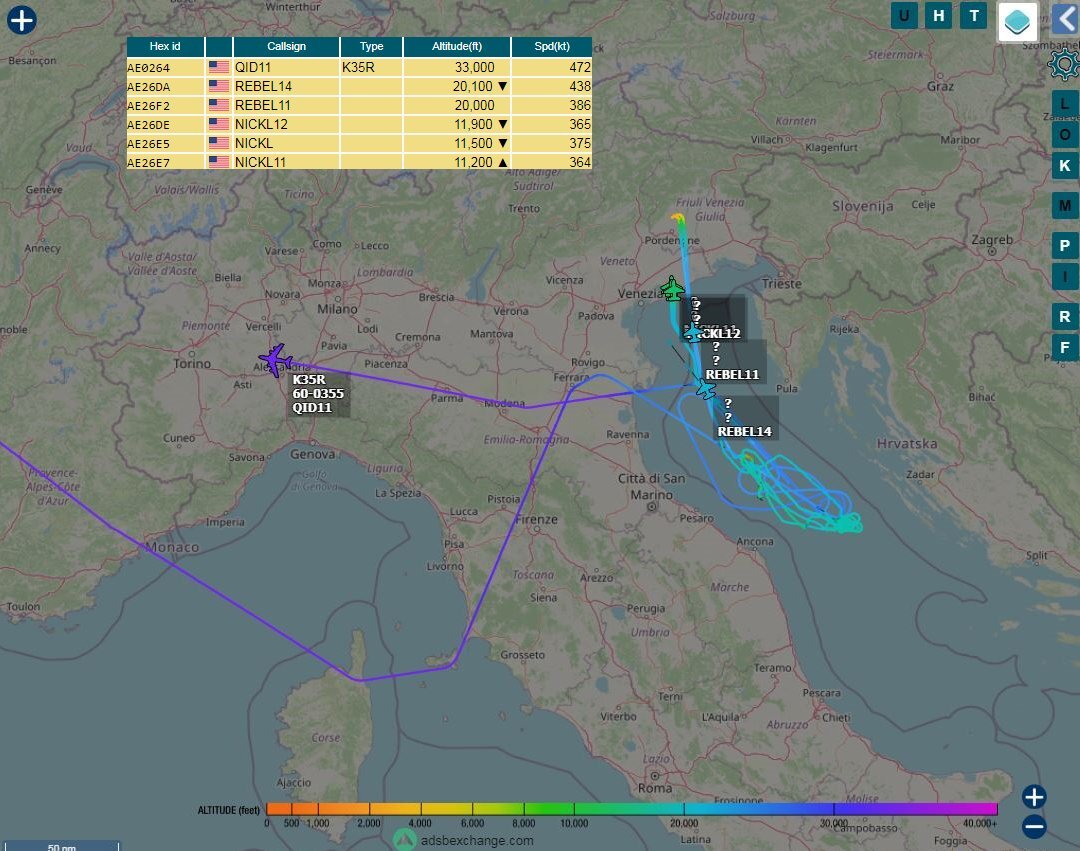
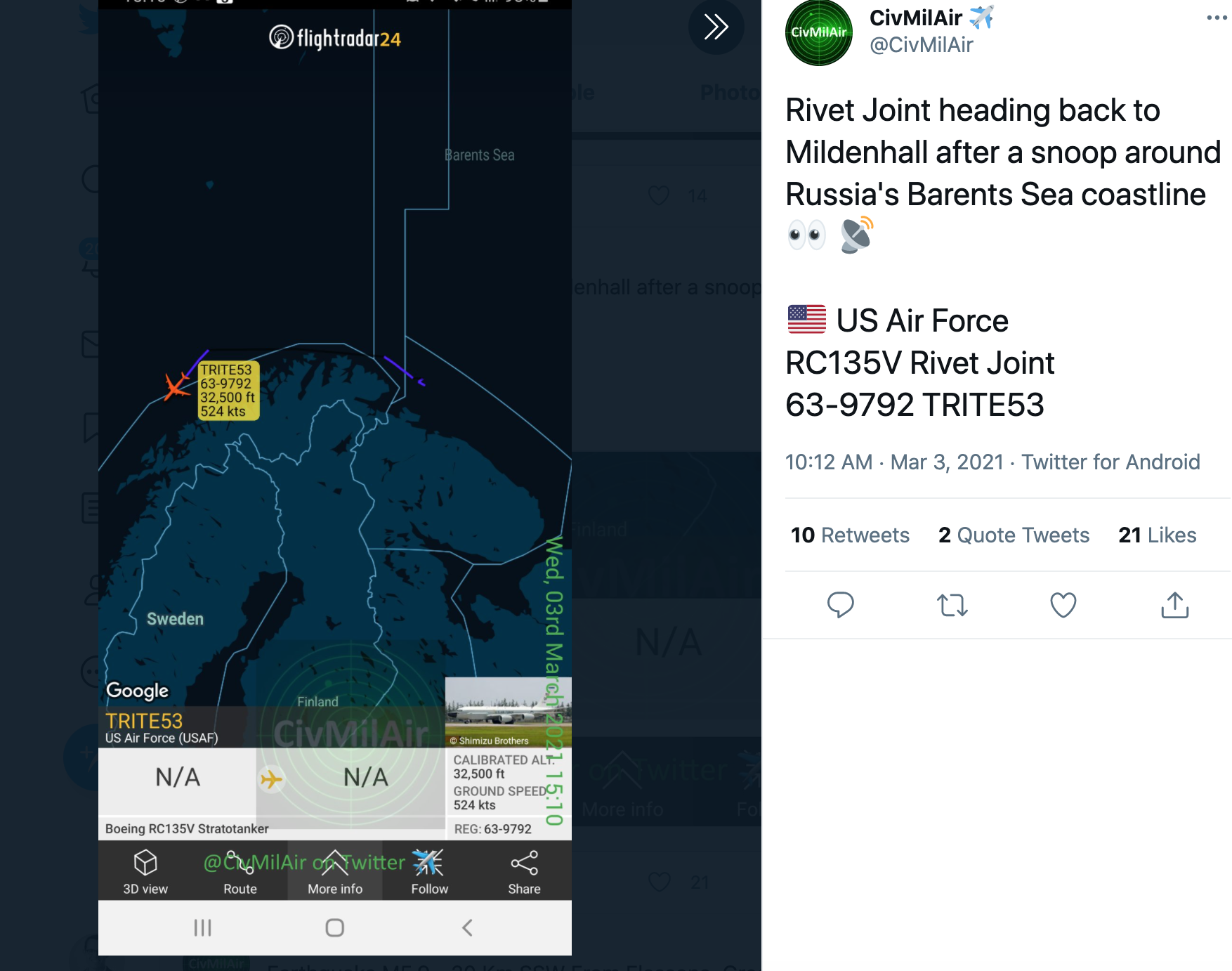
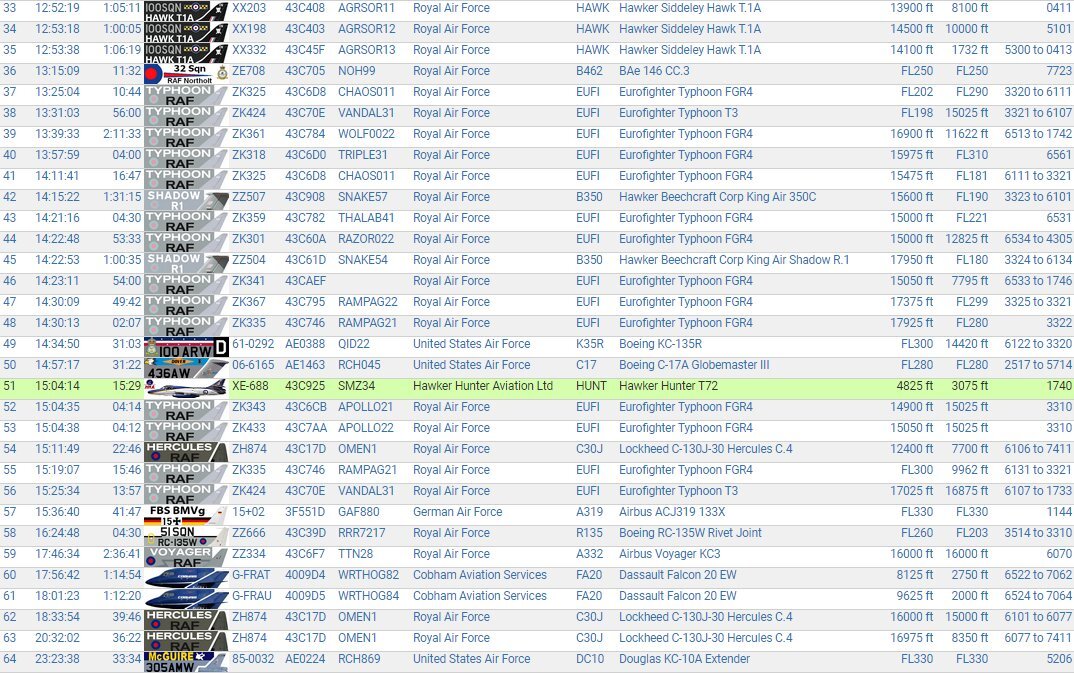
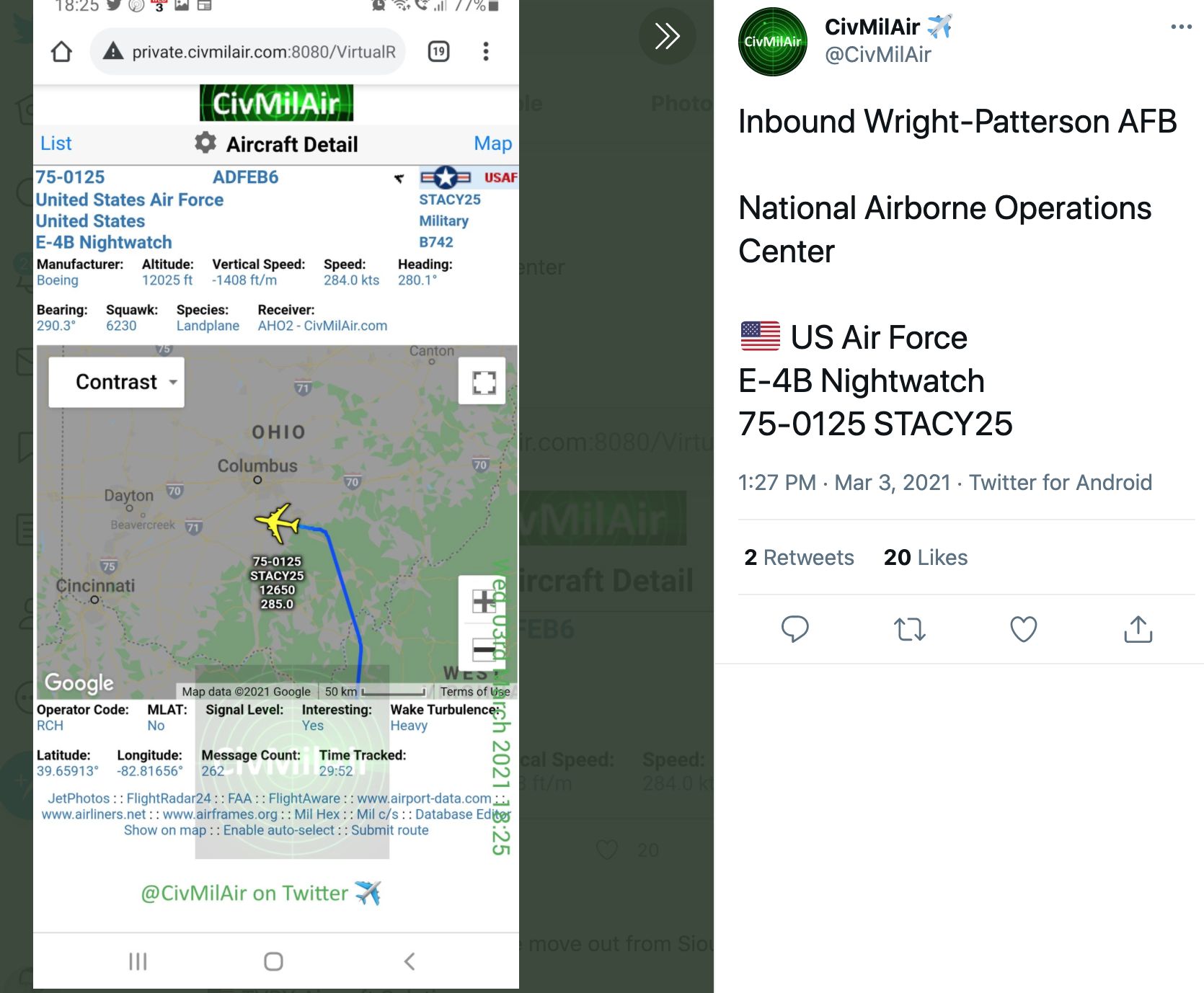
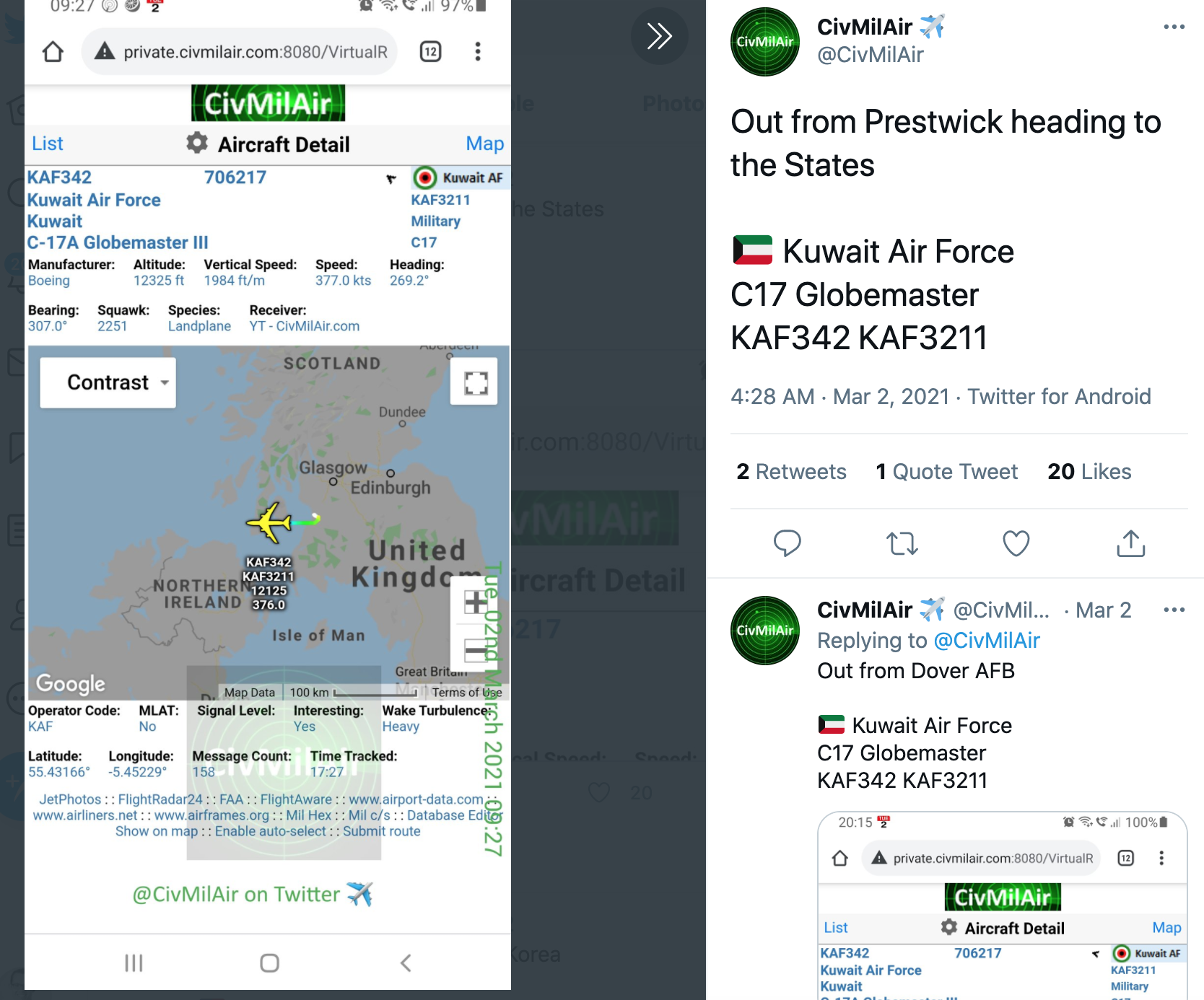
The first is the anonymization of the International Civil Aviation Organization ID’s in the ASD-B Out Signal for the FAA and other Aviation Safety Bodies, and ideally without the need for changes to flight deck components. This is done by creating a ICAO ID the operator of the aircraft would receive from the ADS-B Registry when registering a flight. This ID would be good for 24 hours and the proper link between the new ID and the aircraft will be able to be controlled and maintained by the operator.
Thus allowing:
aircraft to continue to sense and avoid other aircraft;
efficient communication with any aircraft safety and regulatory bodies;
the aircraft ID and ownership to be hidden from the public.
This solution is mostly focused on solving the pain points for the intel and corporate aircraft community.
Application Screenshots
